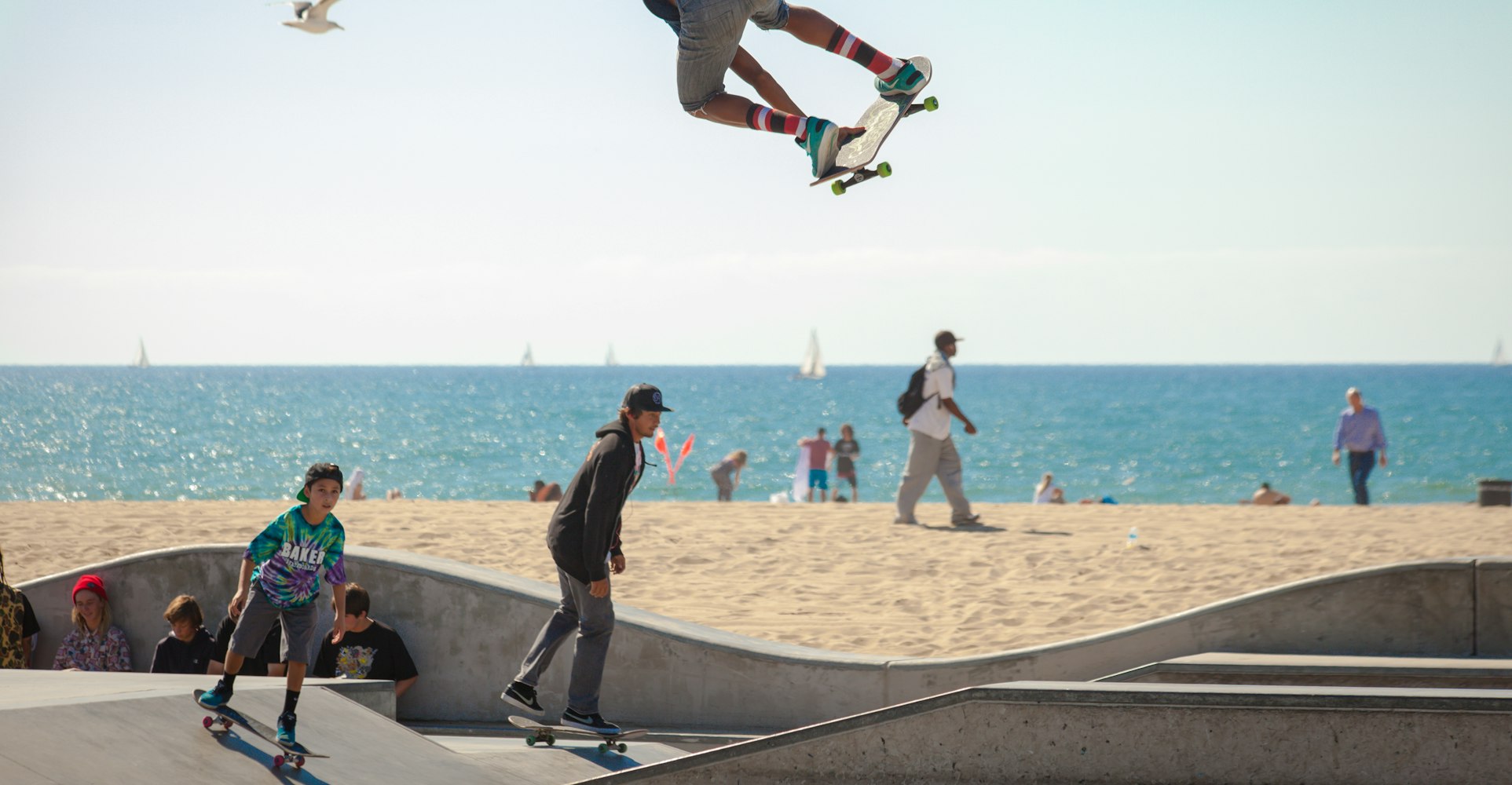 Teenagers; can't live with them, can't get anyone else to take them off your hands. Let's face it, the teen years are a turbulent time for pretty much everyone involved. Quite frankly, I'm surprised I even survived. From a purely biological perspective, the goal of childhood is just to survive to reproductive age, while the goal of adolescence is to reproduce. Modern society, however, has a different set of expectations for teens which include going to school, getting into college, and deciding on an occupation (or at least a path to an occupation). In other words, teenagers kind of have the deck stacked against them biologically, with a lot at stake. As a result, a lot of psychologists and physicians have pursued a better understanding of adolescents, what determines how they behave, how do they make decisions, and so on. In particular, adolescents have a tendency to make decisions that serve short-term goals and immediate gratification (read: sex, drugs, rock'n'roll) at the expense of long-term goals (read: safety, education, sleep).
Teenagers; can't live with them, can't get anyone else to take them off your hands. Let's face it, the teen years are a turbulent time for pretty much everyone involved. Quite frankly, I'm surprised I even survived. From a purely biological perspective, the goal of childhood is just to survive to reproductive age, while the goal of adolescence is to reproduce. Modern society, however, has a different set of expectations for teens which include going to school, getting into college, and deciding on an occupation (or at least a path to an occupation). In other words, teenagers kind of have the deck stacked against them biologically, with a lot at stake. As a result, a lot of psychologists and physicians have pursued a better understanding of adolescents, what determines how they behave, how do they make decisions, and so on. In particular, adolescents have a tendency to make decisions that serve short-term goals and immediate gratification (read: sex, drugs, rock'n'roll) at the expense of long-term goals (read: safety, education, sleep). Despite this tendency, there are obviously situations and conditions under which teenagers are more likely to make "good" decisions that don't compromise their safety or futures. The most prominent of these conditions are their social influences. For example, we've all heard the statistic that teenagers are more likely to be in motor vehicle accidents. But this is driven by the accidents occurring with teen drivers in the car with other teenagers, not necessarily teen drivers alone or with an adult.
Last month, Karol Silva, Temple University, and her colleagues published a study asking whether teens take risks differently depending on the age of their peers. To do this, they recruited 300 18-22 year-olds and had them play a computerized Stoplight Game. During this task participants controlled a car along a straight track while being timed. Their goal was to reach the end of the track as quickly as possible. Throughout this straight track there were 32 stoplights, and participants were told that they needed to decide whether to stop the car when any of the traffic lights were yellow, or to proceed through the light. They were also told that if they chose not to stop, they may collide with an oncoming vehicle. If a collision occurred, there would be a loud crash, a shattered windshield and a delay in their completion time for the course.
Each of the 300 participants were randomized into 3 conditions: playing the game alone, playing the game in front of 3 other participants (age 18-22), or playing the game in front of 2 other participants and a slightly older adult (age 25-30).
 They found that participants in the peer-only condition took more risks than participants playing the game alone. This isn't surprising. Teens take more risks around same-aged peers. This is (partly) why college is so much fun. However, they also found that the presence of one slightly older adult entirely removed the risk-taking tendency that occurs in the presence of peers. In other words, an adolescent in a group comprised of 2 same-aged peers and a slightly older adult behaved similarly to those completing the game alone.
They found that participants in the peer-only condition took more risks than participants playing the game alone. This isn't surprising. Teens take more risks around same-aged peers. This is (partly) why college is so much fun. However, they also found that the presence of one slightly older adult entirely removed the risk-taking tendency that occurs in the presence of peers. In other words, an adolescent in a group comprised of 2 same-aged peers and a slightly older adult behaved similarly to those completing the game alone. But what does this mean? Interestingly enough, this study was funded by the United States Army with the goal of informing the structure of soldiers into combat teams and reduce military casualties. You see, 1//6 of the U.S. Marines are between 18-22, so the distribution of this large subgroup across teams is of great importance. With that context in mind, it is easy to see the applicability of these results. Mix 18-22 years-olds with 25-30 year-olds and immediately increase safety, reduce adverse events, and decrease casualties. The authors extend their discussion of this finding as applicable to the fast food industry and others dominated by adolescents.
More broadly, 18-22 years are legally considered to be adults and often hold positions of responsibility, especially in the military. Yet, this age group continues to be neurobiologically adolescent and therefore susceptible to social pressure and emotional decision-making that favors short-term gratification over long-term goals. Rather than taking an "age-ist" approach to dealing with this reality, this study suggests that there are measurable benefits to more subtly mixing teams to include individuals of different ages such that having just one slightly older member of a group can make a big difference. The authors conclude, "The key for individuals who supervise people in their late teens and early 20s is to find a way to harness the passion of the young without permitting their readiness to take risks to endanger them and their teammates." This, I think, can be extremely helpful to almost anyone that manages individuals or teams in this age group.
Silva, K., Chein, J., & Steinberg, L. (2016). Adolescents in Peer Groups Make More Prudent Decisions When a Slightly Older Adult Is Present.Psychological Science. DOI: 10.1177/0956797615620379
Take a closer look at best tips for parenting and monitoring your children.
ReplyDeleteOne of the most important top women health tip is to exercise! Exercise thirty minutes a day at least to lower the risk of heart disease, certain cancers, and most of all, to combat obesity. Acidophilus Yeast Infection
ReplyDeleteThanks for the nice blog. It was very useful for me send gifts to Pakistan .
ReplyDelete